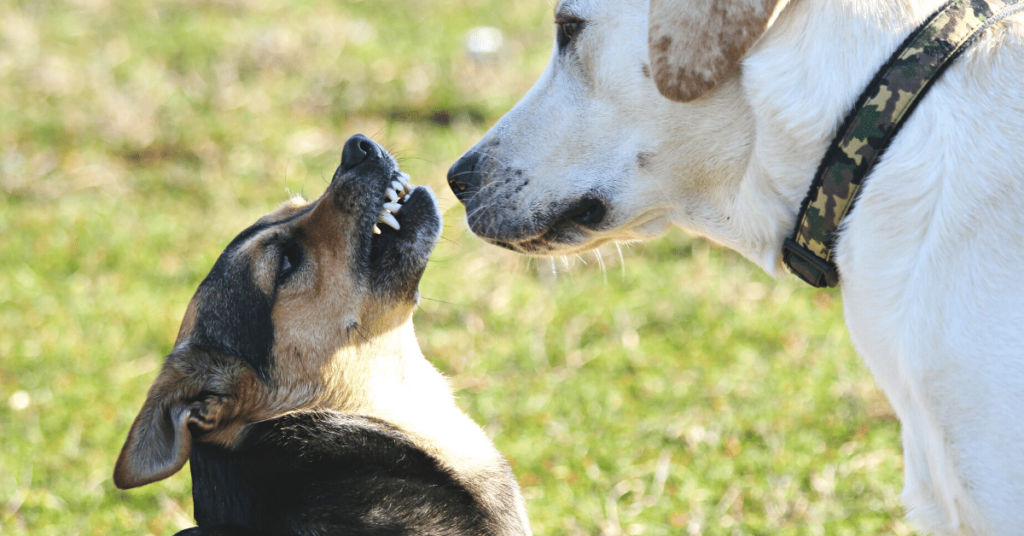Introduction
Pet obesity is a rising concern in today’s society. Just like humans, pets can also struggle with weight-related issues. To ensure the well-being of our furry friends, it is essential for pet owners to understand and monitor their pet’s body condition. In this article, we will explore the importance of understanding pet body condition, as well as provide tips for monitoring and managing weight effectively.
Why is Pet Weight Important?
Proper weight management plays a vital role in maintaining the health and longevity of our pets. An overweight pet can be prone to various health issues such as diabetes, heart disease, joint problems, and a reduced immune system. On the other hand, underweight pets may experience lack of energy, weakness, and malnourishment. By monitoring and managing our pet’s weight, we can prevent these problems and ensure their overall well-being.
Understanding Pet Body Condition Scores
To determine whether our pets are at a healthy weight, veterinarians use a body condition scoring (BCS) system. This system assesses the amount of body fat an animal has based on visual and palpable cues.
The Ideal Body Condition Score
An ideal body condition score is typically between 4 and 5 on a scale of 1 to 9. A pet with this score will have a defined waistline, an abdomen that tucks up behind the ribcage, and easily felt ribs with a thin layer of fat covering. Maintaining an ideal body condition can significantly reduce the risk of obesity-related health issues.
Signs of Overweight and Underweight Pets
If our pet’s body condition score is below or above the ideal range, it may indicate an overweight or underweight condition. Signs of overweight pets include an absent waistline, difficulty feeling ribs beneath a thick layer of fat, and a wider abdomen. Conversely, underweight pets may have visible ribs, a prominent backbone, and a lack of body fat. Recognizing these signs allows for early intervention to manage weight effectively.
Monitoring Your Pet’s Weight
Keeping a close eye on our pet’s weight is crucial to detect any changes promptly. Here are some effective ways to monitor your pet’s weight:
Regular Weigh-Ins
Having a reliable scale at home or visiting the veterinarian regularly for weight checks is essential. Weighing your pet allows you to monitor their progress and determine if any interventions are needed.
Utilizing Body Condition Scoring
Regularly assessing your pet’s body condition score ensures that you stay informed about their weight trends. You can use online resources or consult with your veterinarian to learn how to correctly perform a body condition assessment.
Measuring Food Portions
Controlling the quantity of food your pet consumes is paramount in preventing weight issues. Follow the recommended feeding guidelines provided on the pet food packaging and adjust portions based on your pet’s activity level and age.
Managing Your Pet’s Weight
If your pet is overweight or underweight, implementing appropriate weight management strategies is essential. Here are some tips to help manage your pet’s weight effectively:
Balanced Diet
Ensure your pet is receiving a nutritionally balanced diet tailored to their specific needs. Consult your veterinarian to determine the appropriate type and amount of food for your pet’s weight management plan.
Regular Exercise
Physical activity is crucial for weight management. Engage your pet in regular exercise such as daily walks, interactive play sessions, or agility training. Not only will exercise help burn calories, but it will also provide mental stimulation.
Treats and Snacks
Limit the number of treats and snacks you give to your pet, as they can quickly contribute to weight gain. Instead, opt for low-calorie treats or substitute treats with praise and affection during training sessions.
Seek Professional Guidance
In complex weight management cases, it is always a good idea to seek guidance from a veterinarian or a veterinary nutritionist. They can provide tailored advice and create a comprehensive weight management plan for your pet.
Summary
Monitoring and managing our pet’s weight is an essential aspect of responsible pet ownership. By understanding the importance of pet body condition scores and utilizing effective monitoring techniques, we can ensure our pets stay at a healthy weight. Implementing proper weight management strategies, such as balanced diets and regular exercise, further aids in maintaining their overall well-being. Remember, a healthy weight leads to a happier and longer life for your furry companion.







